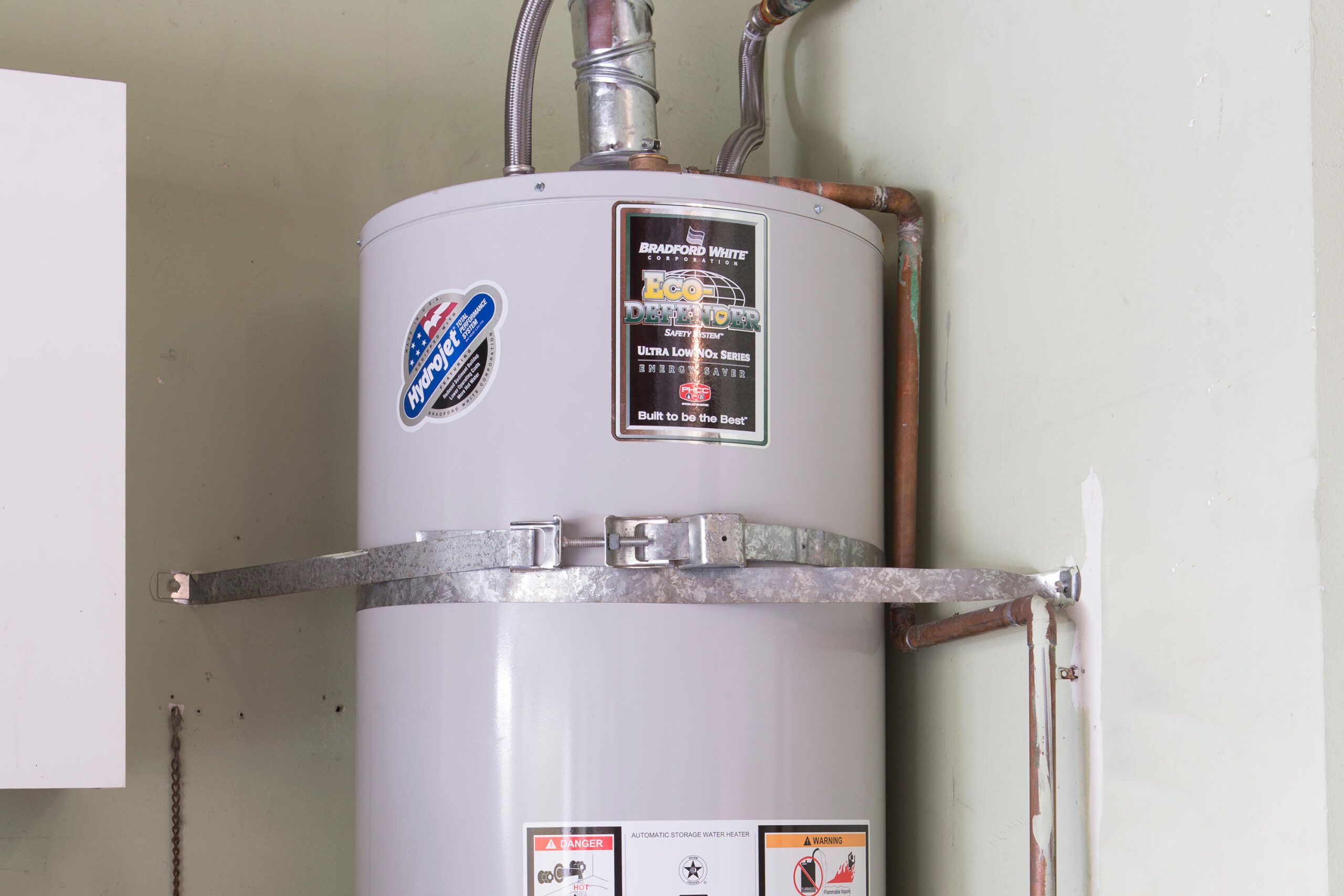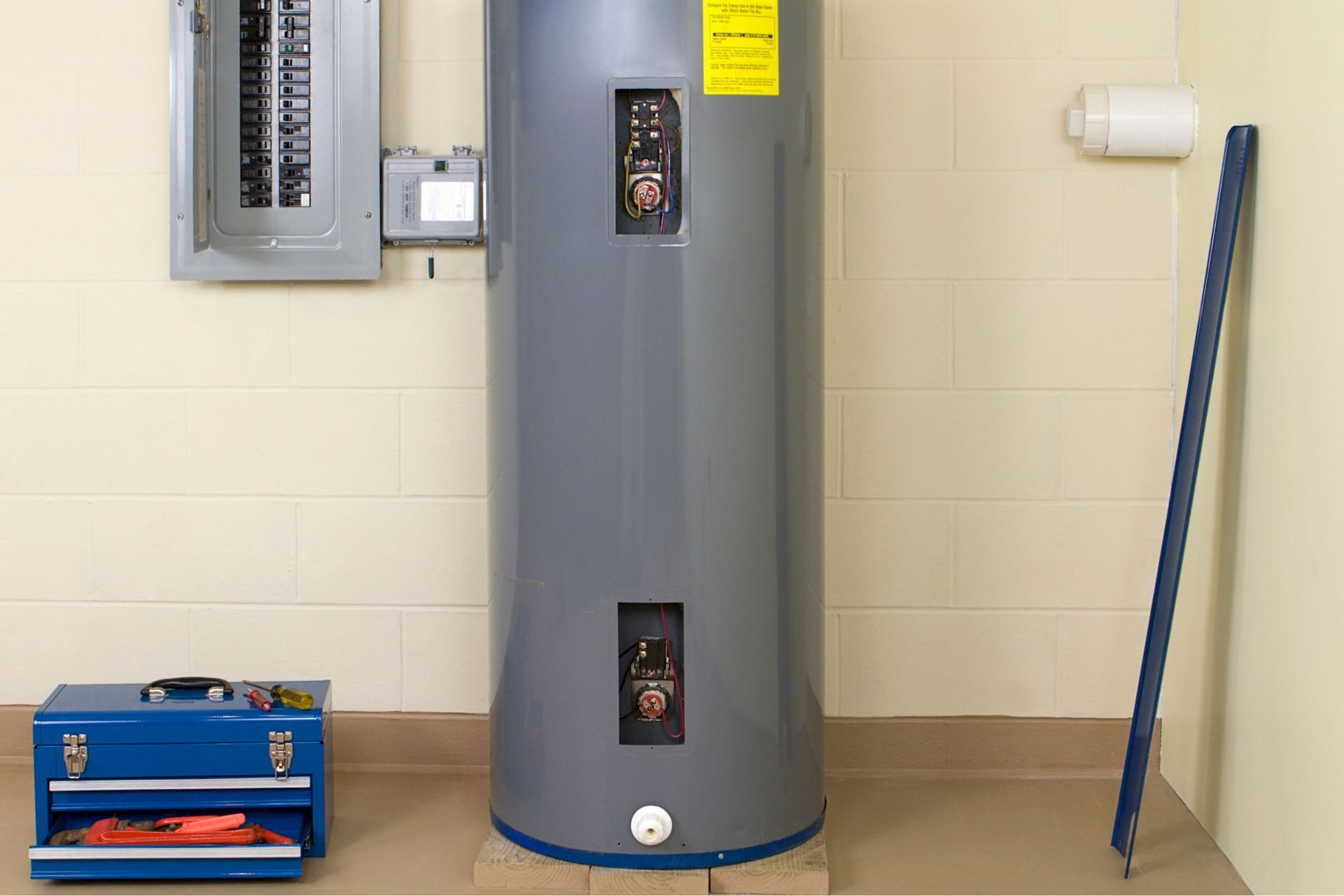How to Extend the Life of Your Home's Hot Water System By MaintenanceEfficient Strategies for Maintaining Your Home's Hot Water System
How to Extend the Life of Your Home's Hot Water System By MaintenanceEfficient Strategies for Maintaining Your Home's Hot Water System
Blog Article
We've discovered this great article involving How to Maintain a Hot Water Heater in a Few Simple Steps directly below on the web and thought it made good sense to talk about it with you in this article.

Hot water is vital for everyday comfort, whether it's for a rejuvenating shower or cleaning recipes. To guarantee your warm water system runs successfully and lasts longer, regular maintenance is vital. This article offers useful pointers and understandings on how to maintain your home's warm water system to avoid interruptions and pricey repairs.
Introduction
Maintaining your home's warm water system could seem difficult, however with a couple of simple steps, you can guarantee it operates efficiently for several years to come. This guide covers every little thing from recognizing your warm water system to DIY upkeep ideas and understanding when to call professional help.
Value of Preserving Your Warm Water System
Normal upkeep not just expands the life-span of your warm water system but additionally ensures it operates effectively. Disregarding upkeep can lead to decreased efficiency, higher power expenses, and even premature failing of the system.
Indicators Your Warm Water System Requirements Maintenance
Knowing when your hot water system requires interest can avoid major concerns. Keep an eye out for indications such as inconsistent water temperature, weird sounds from the heating unit, or rusty water.
Understanding Your Warm Water System
Prior to diving into maintenance jobs, it's practical to comprehend the basic components of your warm water system. Normally, this consists of the water heater itself, pipelines, anode poles, and temperature controls.
Monthly Upkeep Tasks
Routine regular monthly checks can help capture minor issues prior to they intensify.
Flushing the Hot Water Heater
Purging your water heater gets rid of debris build-up, boosting effectiveness and extending its life.
Checking and Replacing Anode Rods
Anode poles protect against rust inside the storage tank. Examining and replacing them when worn out is critical.
Evaluating and Adjusting Temperature Setups
Changing the temperature settings makes certain ideal performance and safety and security.
Do It Yourself Tips for Maintenance
You can perform numerous upkeep tasks on your own to keep your warm water system in top problem.
Checking for Leakages
Frequently evaluate pipes and links for leaks, as these can bring about water damage and greater expenses.
Examining Pressure Relief Valves
Examining the pressure relief valve ensures it operates properly and prevents too much pressure build-up.
Protecting Pipes
Shielding hot water pipelines decreases warmth loss and can save energy.
When to Call a Specialist
While DIY upkeep is helpful, some concerns need professional know-how.
Complex Problems Requiring Specialist Help
Instances include significant leakages, electric problems, or if your hot water heater is consistently underperforming.
Regular Professional Upkeep Benefits
Specialist maintenance can consist of comprehensive assessments, tune-ups, and ensuring conformity with safety requirements.
Verdict
Regular upkeep of your home's warm water system is important for effectiveness, durability, and price savings. By complying with these pointers and knowing when to look for professional assistance, you can make certain a dependable supply of warm water without unexpected interruptions.
Water Heater Maintenance: The Basics
Maintaining your water heater will ensure it operates efficiently and has a longer lifespan. Neglecting regular maintenance can lead to costly repairs and an even bigger chunk of your savings if you have to replace it sooner than necessary. But there’s good news: Most water heater maintenance tasks are relatively simple and easy for homeowners with basic DIY skills.
Flush the Water Heater
Over time, sediment and minerals can build up in the tank, reducing its efficiency and potentially causing damage. To flush the tank, turn off the power or gas supply, attach a hose to the drain valve near the bottom and open the valve to drain the water until it runs clear. Ideally, flush the tank annually.
Replace the Anode Rod
The anode rod is a sacrificial metal rod that helps prevent corrosion inside the tank. Inspect and replace it every three to five years or per the manufacturer's recommendation. To replace the anode rod, turn off the power or gas supply, drain a few gallons of water from the tank, unscrew the old rod and replace it with a new one. If the anode rod is significantly corroded or covered in calcium buildup, it's a sign the water heater may need to be replaced soon.
Tune-Up
A yearly tune-up can help identify potential issues and ensure your water heater operates at peak efficiency. This typically involves checking the thermostat, burner assembly (for gas heaters) and any other components specified by the manufacturer. During a tune-up, the technician may also clean the burner and adjust the pilot light (for gas heaters) or examine the heating elements (for electric heaters).
How to Maintain Your Water Heater
Insulate the tank. Insulating the tank can improve energy efficiency and reduce heat loss, saving you money on energy bills. You can purchase precut insulation blankets designed specifically for water heaters or use standard fiberglass insulation wrapped securely around the tank. Check the temperature. The recommended water temperature for most households is around 120 degrees Fahrenheit (49 degrees Celsius). Higher temperatures can increase energy costs and potentially cause scalding. Use a kitchen thermometer to check the temperature at the faucet nearest the water heater. Monitor water pressure. Excessive water pressure can strain the water heater and cause leaks or even tank failure. Install a pressure-reducing valve if necessary. The ideal water pressure range is between 60 and 70 PSI (pounds per square inch). Test the temperature and pressure (T&P) relief valve. The T&P relief valve is a safety feature that releases pressure if the tank gets too hot or the pressure builds up too high. Test it annually by lifting the lever and allowing a small amount of water to release. Replace the valve if it doesn't release water or reseal properly. Check for leaks. Regularly inspect the tank, pipes and fittings for leaks or corrosion. Deal with issues promptly to prevent further damage. Even a small leak can lead to significant water damage over time. Consider a tankless water heater. If your traditional tank-style water heater is nearing the end of its lifespan ( typically 10 years), consider replacing it with a tankless water heater. These units heat water on demand, reducing standby energy losses and potentially saving you money on your energy bills. Schedule professional maintenance. While homeowners can perform many water heater maintenance tasks, it's still a good idea to schedule professional maintenance every few years. A plumber or HVAC technician can thoroughly inspect the unit, identify potential issues and ensure it operates safely and efficiently. https://www.homeserve.com/en-us/blog/home-improvement/hot-water-heater-maintanence/

I came across that blog post about What Kind of Maintenance Do Water Heaters Need? when doing a lookup on the internet. Loved our post? Please share it. Let another person discover it. I take joy in your readership.
Go Company Report this page